15 Clever Tips to Hide Your Cords
Tired of ugly wires ruining your home decor? Here are 15 clever ways to hide them out of sight.
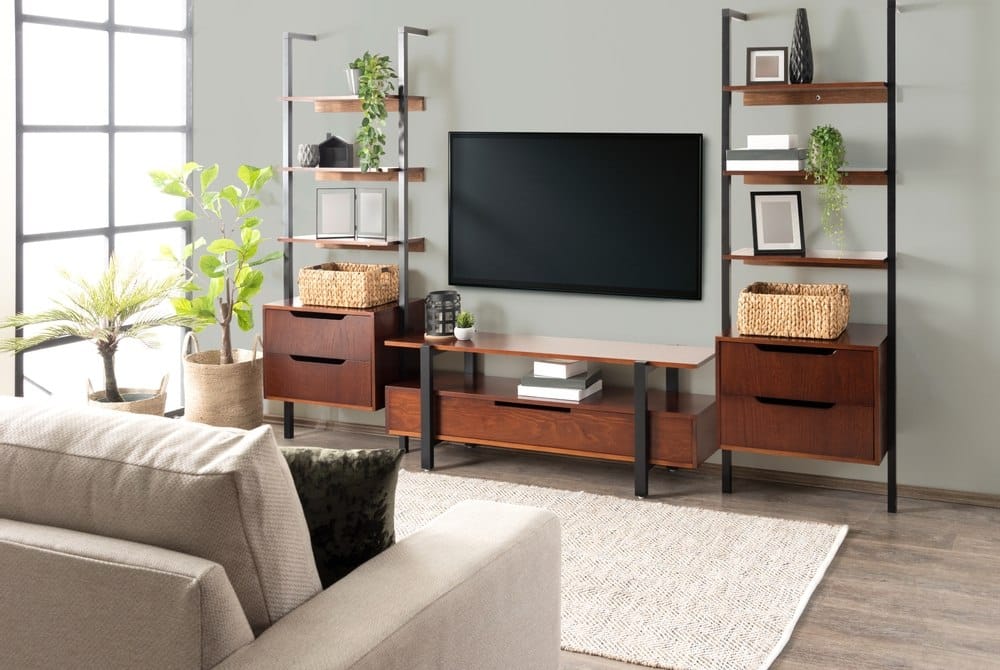
As we use more electronics in our homes, we need more ways to keep them powered and running. This means a tangle of unsightly cords cluttering our living spaces, and nothing is more annoying than messy cords. Whether it's your television wires, computer cables or the power supply bar, there are many clever ways to hide them.
From running TV cords inside the wall to using decorative boxes and baseboards, you can create a cord management solution that blends cords into your decor or conceal them entirely. In this post, we explore 15 practical ways to hide cords and enhance the look of your home.
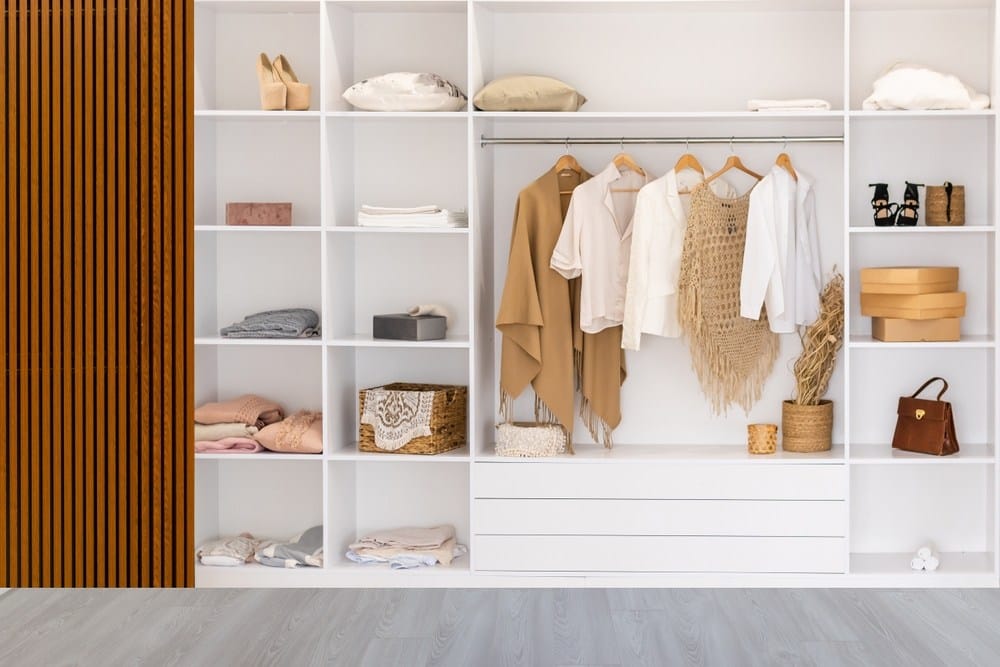
Run TV wires inside the wall
Running TV wires inside the wall is one of the most effective ways to hide unsightly electrical cords, providing a clean, uncluttered look. This method is handy for hiding HDMI cables, power cords, and other AV connections behind wall-mounted TVs. Ideal for living rooms, bedrooms, and home theaters, it ensures that your space looks modern and organized. By eliminating visible cords, you create a sleek and professional appearance in any room where a TV is mounted on a wall.
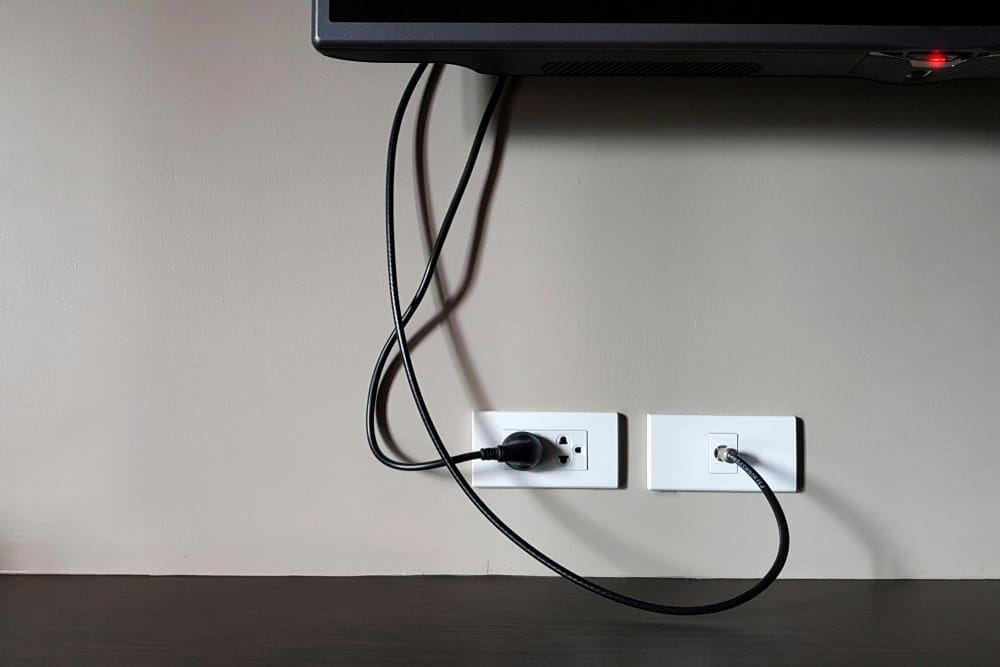
Instructions:
- Gather materials: You'll need a stud finder, drywall saw, fish tape, power drill, and in-wall power and cable management kit.
- Plan out your wires: Use a stud finder to locate studs and plan the path for the cables. Mark the spots where you’ll cut openings.
- Cut openings: Carefully cut openings in the drywall using the drywall saw. Ensure the openings align vertically for easier wire passage.
- Install the kit: Follow the in-wall power kit instructions to install the wall plates and power connectors.
- Thread the wires: Use fish tape to guide the wires through the wall from the top opening to the bottom.
- Connect and secure: Connect the wires to your TV and other devices, secure the wall plates, and enjoy a clutter-free view.
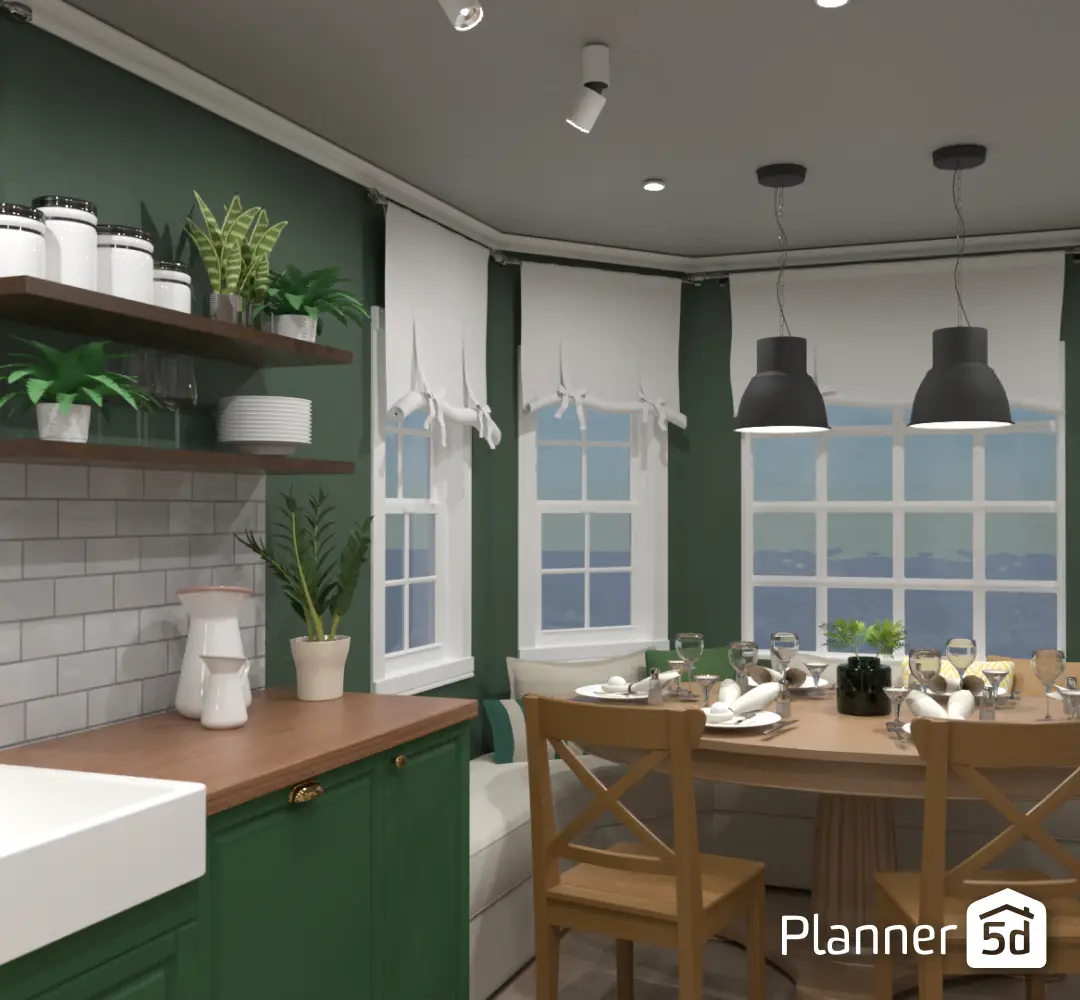
Hide TV wires in plain sight
If cutting into walls isn’t an option, consider hiding TV wires in plain sight using covers, paint, or decor. This approach works well for concealing HDMI cables, power cords, and speaker wires. It is especially beneficial in living rooms, bedrooms, and home offices where a wall-mounted TV or home entertainment system is set up. Blending cords into your room's decor allows you to maintain a tidy appearance without requiring extensive installation work.
Instructions:
- Select cord covers: Choose covers that match your wall color or can be painted to match.
- Install cord covers: Attach the covers to the wall using the adhesive backing or screws provided.
- Paint the covers: If needed, paint the cord covers the same color as your walls to make them less noticeable.
- Use decor: Strategically place decor items like picture frames, plants, or shelves to hide the wires.
Use a cable sleeve to bundle multiple cords
Cable sleeves are an excellent solution for bundling and organizing multiple cords, reducing clutter and making maintenance easier. This method is perfect for hiding computer cables, power cords, and USB cables in home offices, gaming setups, and entertainment centers. Keeping multiple cords together in one neat bundle simplifies cable management and prevents tangling.
Instructions:
- Gather cords: Collect all the cords you want to bundle together.
- Select a sleeve: Choose a cable sleeve that can accommodate the number of cords you have.
- Insert cords: Open the sleeve and insert the cords, ensuring they are evenly distributed.
- Secure the sleeve: Use the provided fasteners or zip ties to secure the sleeve around the cords.
- Place behind furniture: Place the bundled cords behind the furniture or along the wall for a neat appearance.
Conceal cords behind furniture
Hiding cords behind large pieces of furniture, such as desks or bookshelves, can keep them out of sight and out of mind. This strategy is ideal for managing electrical cords, charging cables, and lamp cords in living rooms, bedrooms, and home offices. Using furniture to conceal cords creates a more streamlined and clutter-free environment.
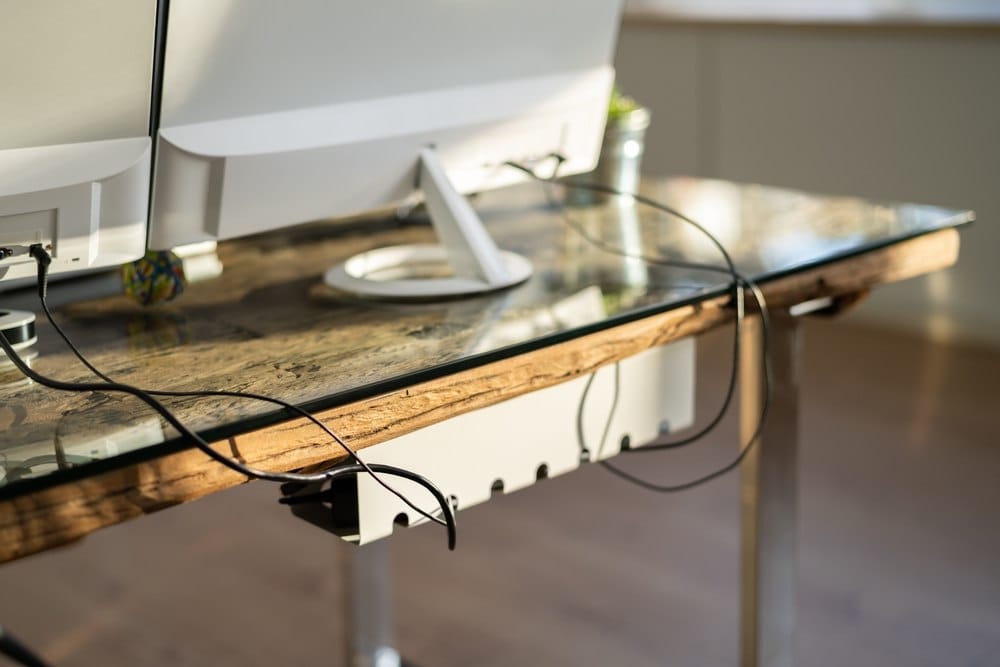
Instructions:
- Position furniture: Move the furniture away from the wall slightly to create space for the cords.
- Route cords: Route the cords along the back of the furniture, securing them with clips or zip ties.
- Use cable ties: Bundle excess cord length with cable ties to avoid tangling.
- Push furniture back: Carefully push the furniture back against the wall to keep any cords hidden behind it.
Use a stand to hide kitchen appliance cords
Using stands or racks to hide appliance cords in the kitchen can create a cleaner countertop appearance. This technique is perfect for managing the cords of small appliances like blenders, toasters, and coffee makers. Kitchens benefit significantly from this approach, keeping countertops clear and organized, making the space more functional and visually appealing. By running cords behind or through stands you reduce clutter and make cleaning easier.
Instructions:
- Choose a stand: Select a stand or rack that fits your kitchen appliances and provides a space for hiding cords.
- Position appliances: Place your appliances on the stand, ensuring the cords can be routed through the back or underneath.
- Tuck away cords: Bundle them into the stand’s designated area to keep them out of sight.
- Secure with clips: Use cord clips to secure any visible cord sections along the back of the stand.
Add living room furniture with USB ports
Living room furniture with built-in USB ports can help minimize visible cords by providing discreet power sources. This solution is ideal for hiding lamp cords, phone chargers, and electrical cords in living and family rooms. Incorporating furniture with one of two USB ports allows you to charge devices without the mess of exposed cords.
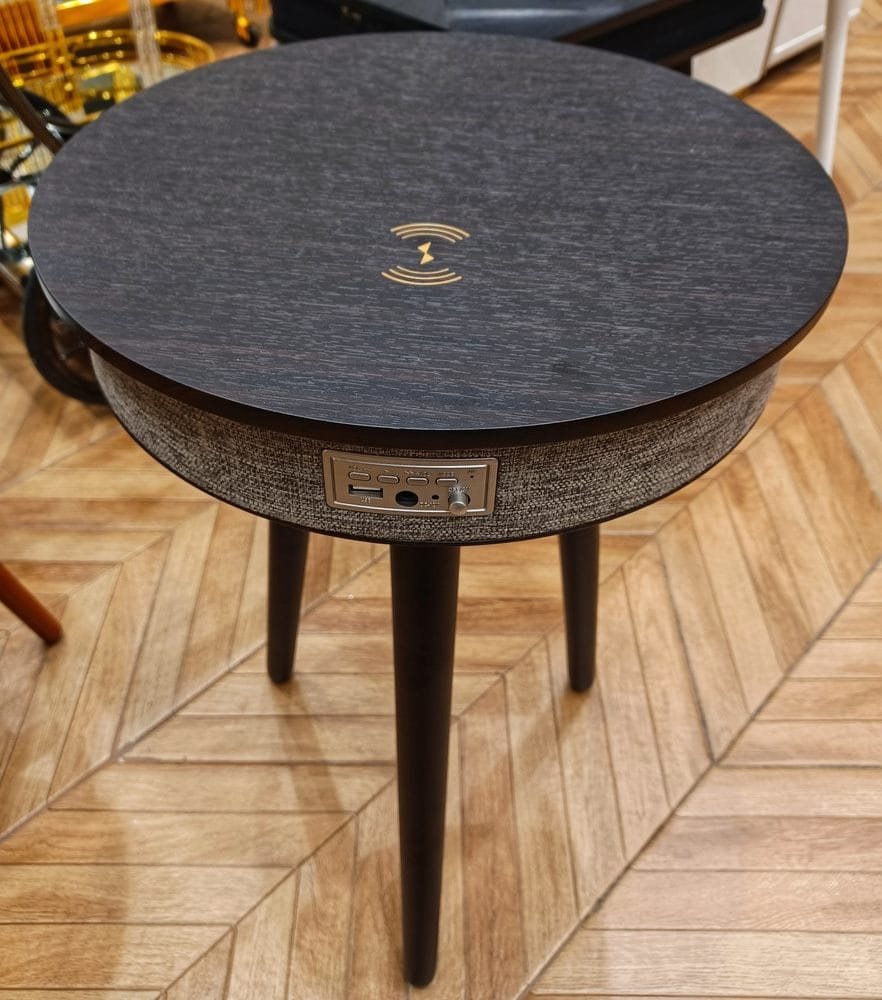
Instructions:
- Select furniture: Choose living room furniture like sofas, side tables, or entertainment centers with hidden outlets.
- Arrange furniture: Position the furniture in your living room where you frequently use electronic devices.
- Connect your devices: Plug your devices directly into the hidden outlets, keeping cords concealed within the furniture.
- Manage excess cords: Bundle and secure any excess cords with cable ties or clips to maintain a tidy appearance.
Slip cords into a drawer
Hiding electrical cords in a drawer is a simple and effective method of keeping them out of view. This cord management solution works well for managing phone chargers, laptop cords, and small electronic devices in home offices, bedrooms, and living rooms. By stashing cords in a drawer, you can easily access them when needed while keeping surfaces tidy.
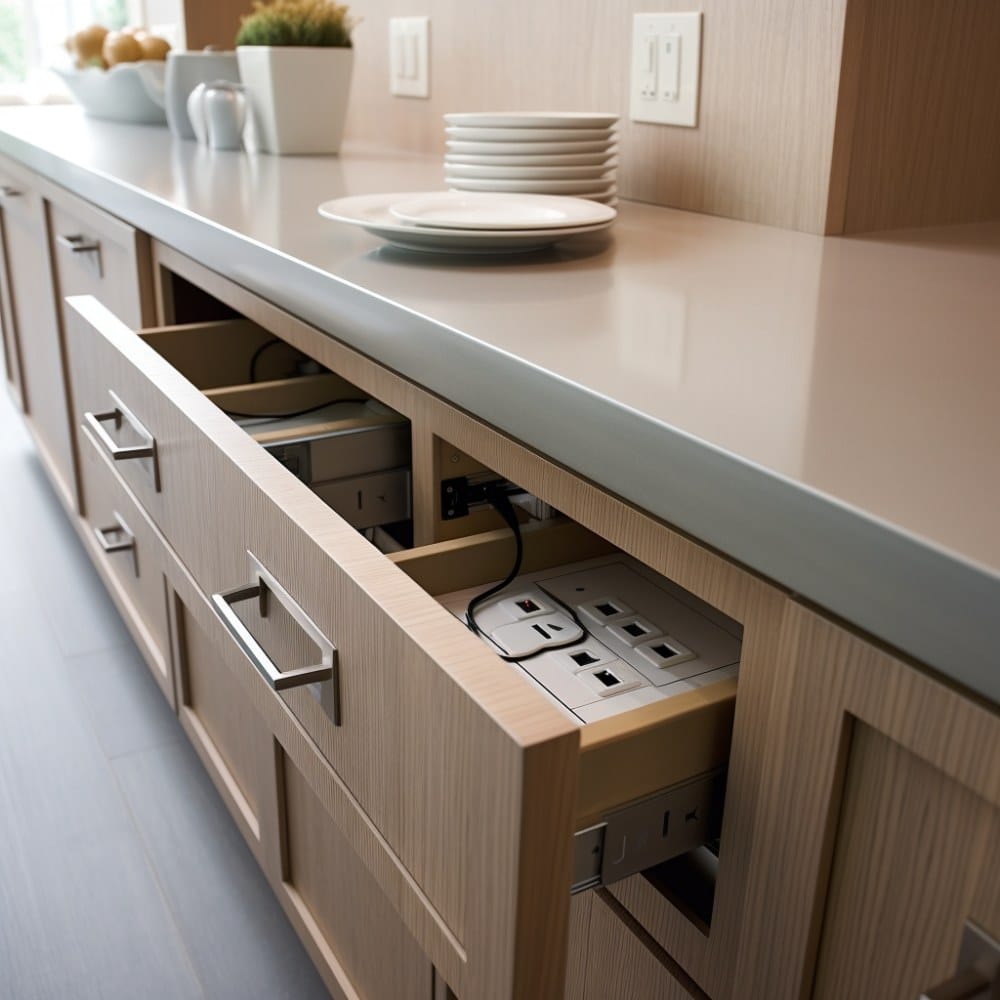
Instructions:
- Choose a drawer: Select a drawer close to your electronics, like a desk or nightstand drawer.
- Drill a hole: If necessary, drill a small hole at the back of the drawer to allow cords to pass through.
- Insert cords: Thread the cords through the hole and into the drawer.
- Organize inside: Use cable ties or clips to bundle and organize the cords inside the drawer, ensuring they don’t tangle.
Snake cords through baseboards
Baseboards are an underrated way to snake cords along the room’s perimeter, keeping them out of sight while blending with your room’s design. This method is ideal for hiding speaker wires, Ethernet cables, and power cords in living rooms, bedrooms, and home offices. Using baseboards as covers, you can discreetly route cords around the room and maintain a cohesive look.
Instructions:
- Select baseboards: Select which baseboards you want to use to hide the cords.
- Measure and cut: If installing new baseboards, measure the length needed and cut the baseboard to size.
- Above or along the baseboard: Use a cord channel and attach it to the baseboard, with the cords tucked inside.
- Behind the baseboard: Remove the existing baseboard, cut a groove into the drywall and run your cables there. Place the baseboard back to hide the wires.
Stash wires and routers in 'books' or decorative boxes
Disguising wires and routers in faux books or decorative boxes can keep them hidden while adding to your room’s aesthetic. This technique is great for hiding router cables, modem cords, and power cables in living rooms, home offices, and bedrooms. Using decorative containers, you can seamlessly blend your tech devices into your decor.
Instructions:
- Choose containers: Select decorative boxes or faux books that complement your decor.
- Cut openings: If necessary, cut openings in the back of the boxes to allow cords to pass through.
- Hide devices: Place your routers and other devices inside the boxes.
- Thread cords: Thread the cords through the openings and connect them to the devices.
- Arrange on shelves: Blend the boxes on shelves or tabletops with other decor items.
Strategically place your decor
Strategically placed decor can effectively cover or disguise cords, making them less noticeable. This solution hides lamp cords, phone chargers, and small appliance cables in living rooms, bedrooms, and home offices. You can keep cords out of sight by using decor items like plants, photo frames, and sculptures while enhancing your room's design.
Instructions:
- Strategically choose your decor: Choose decor items like plants, photo frames, or sculptures that match your room’s style.
- Position decor: Place the decor items in front of or around the cords to hide them.
- Adjust cords: Adjust the cords to ensure the decor item fully covers them.
- Secure with clips: Use cord clips to keep the cords in place behind the decor items.
Add wainscotting for cord management
Wainscoting can create a hidden channel for wires, blending functionality with classic design. This method is ideal for concealing speaker wires, Ethernet cables, and power cords in living rooms, dining rooms, and hallways. Incorporating wainscoting creates a stylish and practical way to manage cords.
Instructions:
- Measure walls: Measure the area of the walls where you want to add wainscoting.
- Cut panels: Cut the wainscoting panels to size, including channels for the wires.
- Install panels: Attach the wainscoting panels to the wall, ensuring the channels align with your wire pathways.
- Run wires: Run the wires through the channels, securing them with clips if needed.
- Finish edges: Attach trim pieces to the edges of the wainscoting for a polished look.
Hide cords underneath a carpet
Concealing cords underneath a rug is an easy and practical solution to keep them out of sight while maintaining a seamless look. This approach is perfect for managing extension cords and lamp cords in living rooms, bedrooms, and offices. By placing cords under a rug, you can run cords across the room discreetly and safely.
Instructions:
- Pick a rug or carpeted area: Select a carpet that fits your room’s style and is large enough to cover the cords.
- Position cords: Lay the cords flat on the floor along the desired pathway.
- Place rug: Carefully place the rug over the cords, ensuring they are straight and untangled.
- Secure edges: Use double-sided tape or rug grips to secure the edges of the carpet and prevent tripping hazards.
DIY a cord cover to match your decor
Designing a DIY cord cover that matches your decor is a powerful way to add a personal touch while hiding unsightly cords. This solution is perfect for concealing power cords, charging cables, and computer cords in living rooms, bedrooms, and home offices. By creating a cord cover that complements your room's style, you can keep cords hidden while enhancing your decor.
Instructions:
- Select materials: Gather materials such as fabric, paint, or decorative paper that match your room’s decor.
- Create a cover: Use a cardboard or plastic tube as the base for the cord cover. Decorate it with your chosen materials.
- Cut openings: Cut openings at both ends of the cover for the cords to pass through.
- Insert cords: Insert cords into the cover, ensuring they are neatly bundled.
- Place and secure: Place the decorated cover along the wall or floor, securing it with clips or adhesive.
Hide a power strip in a decorative box
Concealing power strips in a decorative box is a functional way to organize and hide multiple plugs, reducing clutter. This method is perfect for managing power strips, phone chargers, and small electronic device cords in living rooms, bedrooms, and home offices. You can keep multiple cords neatly organized and out of sight using a decorative box.
Instructions:
- Choose a box: Select a decorative box that is large enough to fit your power strip and has an opening for cords.
- Cut openings: If necessary, cut openings in the box for the cords.
- Place power strip: Place it inside the box, threading the cords through the openings.
- Connect devices: Plug your devices into the power strip, keeping the cords neatly bundled inside.
- Close the box: Close the box and place it on a shelf or under a desk to keep the cords hidden.
Use a cable channel for concealing cords
Cable channels are a straightforward and effective solution for keeping cords neat and out of sight. You can buy them at most hardware stores to hide unwanted cables in living rooms, offices, and entertainment centers. By installing cable channels, you can discreetly route cords along walls or baseboards and maintain a clean look.
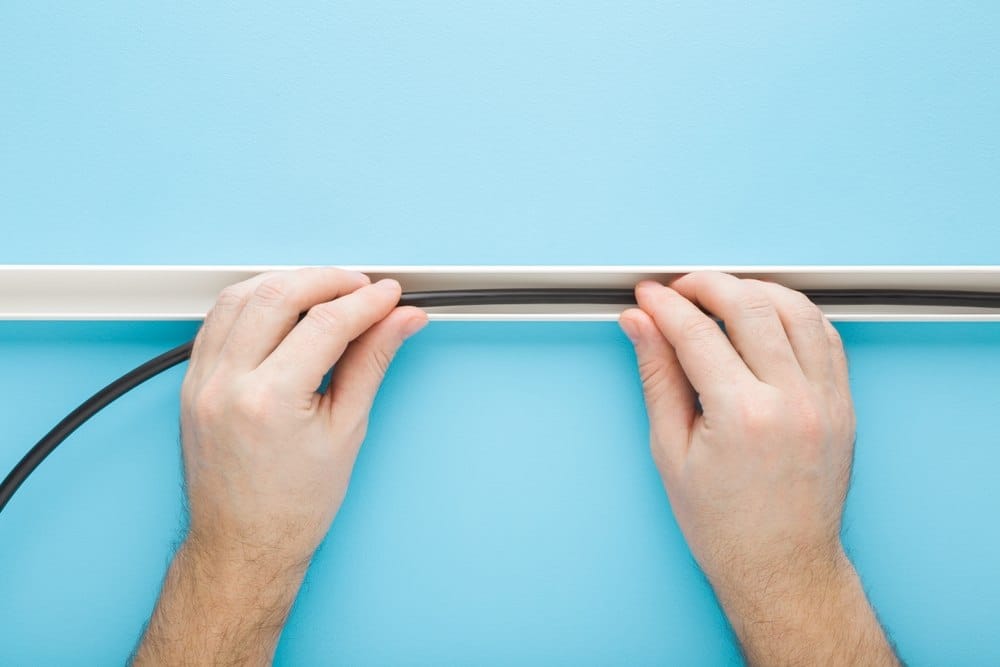
Instructions:
- Measure and cut: Measure the length needed and cut the cable channel to size.
- Attach channel: Attach the cable channel to the wall or baseboard using adhesive or screws.
- Insert cords: Open the channel and insert them, ensuring they are evenly distributed.
- Paint if necessary: Paint the cable channel to match your wall color for a seamless look.
Conclusion
Managing and concealing cords doesn’t have to be a daunting task. With these 15 innovative and practical solutions, you can easily reduce cable clutter and create a cleaner, more organized living space. Whether you opt for running your television wires inside the wall, using cable sleeves, or incorporating decor to disguise cords, each method offers a unique way to keep your home looking neat and stylish.
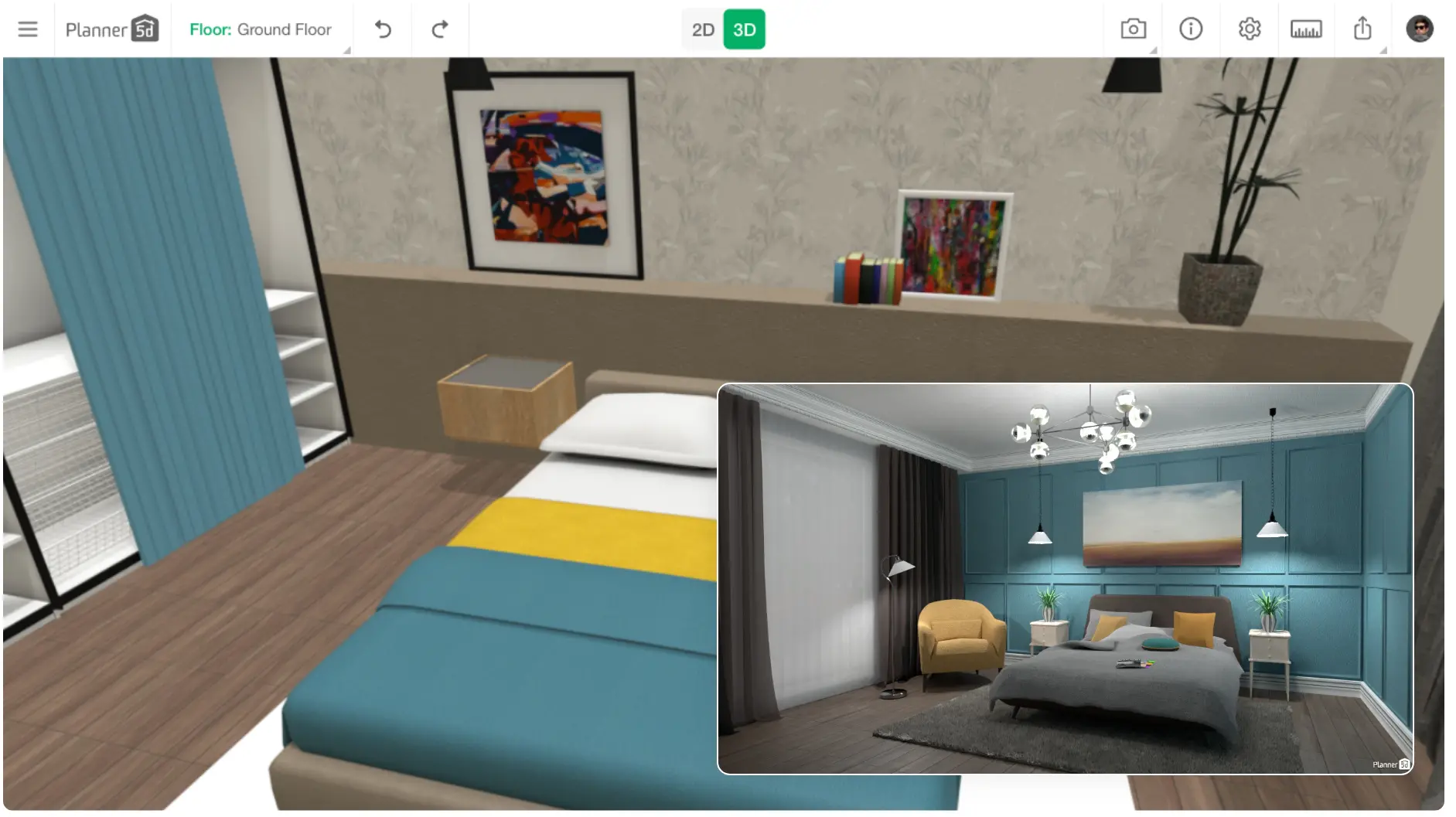
Implementing these tips not only improves the aesthetic appeal of your rooms but also enhances safety by reducing tripping hazards. Take control of your cord chaos today and transform your home into a beautifully organized haven.
